TL;DR
TL;DR
- Data loss prevention is crucial for avoiding regulatory violations that can lead to heavy fines.
- Major regulations include GDPR, HIPAA, PCI DSS, GLBA, SOX, and CCPA.
- Core DLP compliance strategies involve data discovery, encryption, access controls, network monitoring, and endpoint protection.
- Ongoing training, auditing, and testing is vital for maintaining compliance over time.
- The right DLP tools provide automation, reporting, and integration capabilities to streamline compliance.
Data is the lifeblood of business, but it also comes with major compliance responsibilities. Organizations must implement rigorous data loss prevention to avoid violating strict regulations governing data privacy and security.
Non-compliance can lead to massive fines, lawsuits, and permanent reputational damage. Just ask Equifax.
This guide examines the major regulations impacting data loss prevention. It also details practical steps to build a DLP program that goes beyond checkbox compliance.
Let's dive in to fortifying your data against regulatory exposure.

Key Regulations that Mandate Data Loss Prevention for Regulatory Compliance
Myriad regulations mandate protections for sensitive data. Here are key ones that shape organizational DLP strategies:
GDPR: The European Union's General Data Protection Regulation levies fines upwards of 4% of global revenue for violations. It governs EU citizen data.
HIPAA: This U.S. regulation penalizes healthcare entities for breaches involving protected health information.
PCI DSS: Mandated by credit card companies, it requires stringent data security to process payments.
GLBA: Governs data privacy at financial institutions.
SOX: Requires internal controls for financial data accuracy.
CCPA: Gives California residents rights over personal data use.
FISMA: Federal data security mandates for government agencies.
Understanding these major regulations is the first step in building an effective, compliant DLP program. But simply checking boxes won't suffice.
6 Steps to Ensure Comprehensive Data Loss Prevention Regulatory Compliance
Beyond core DLP implementation, effective regulatory compliance requires:
- Centralized logging and reporting for audits and investigations
- Integrations with data security tools like SIEMs and encryption
- Backup and disaster recovery to restore data after incidents
- Ongoing patch management and system hardening
- Access governance with least privilege and separation of duties
- Proactive threat hunting to identify risks and prevent incidents
With strong fundamentals enabled by the right DLP tools and sound compliance practices, organizations can avoid the severe penalties of non-compliance.
Effective Strategies for Managing DLP Compliance
Look for DLP solutions like Strac that move beyond basic detection with:
- Data discovery across networks, endpoints, the cloud, and email
- Precise sensitive data classification with machine learning
- Flexible policy creation aligned to regulations
- Automated data monitoring, alerting and protection
- Detailed forensic reporting and compliance auditing
- Easy deployment and maintenance
- Integration with existing security infrastructure
- Customizable regulatory and policy templates
- Customer-centric support model
With capabilities tailored to simplifying compliance, organizations can confidently secure sensitive data against loss and breaches.
Essential Capabilities of DLP Solutions to Achieve Regulatory Compliance
DLP compliance requires constant vigilance. Ongoing practices like these are essential:
- Regularly review and update policies to address new threats and regulations
- Continuously verify that controls meet evolving compliance obligations
- Frequently test employee awareness through simulations and audits
- Promptly remediate any identified policy or technology gaps
- Conduct periodic penetration testing and risk assessments
- Monitor for suspicious data activities that could signal compliance risks
- Watch for new regulations and adjust DLP measures accordingly
By ingraining compliance into organizational culture, DLP becomes an ongoing business priority rather than just a checkbox activity.
Understanding the Financial Impact of Non-Compliance with Data Loss Prevention Regulations
Neglecting continuous DLP compliance efforts can cripple organizations with:
- Breach notification costs
- Steep regulatory fines in the millions
- Lawsuits and legal expenses
- Lost business from reputation damage
- Plummeting customer trust
- Diversion of resources to firefighting
- Disrupted operations and productivity
The financial and reputational impacts make a compelling business case for comprehensive, consistent DLP compliance.
Ready to implement continuous compliance? Contact Strac to book a demo of our advanced, easy-to-use DLP solution, which is purpose-built to simplify regulatory adherence. Let us help you effectively secure sensitive data against loss and breaches.

How Strac Can Assist in Achieving Data Loss Prevention Regulatory Compliance
Strac's SaaS/Cloud DLP and Endpoint DLP solution is designed to simplify regulatory compliance across various data protection laws. Our platform offers built-in and custom detectors supporting all sensitive data elements for PCI, HIPAA, GDPR, and any confidential data, ensuring comprehensive coverage of regulatory requirements. Strac uniquely provides image detection and redaction capabilities and deep content inspection for various document formats. Explore Strac's full catalog of sensitive data elements to see how it supports your compliance needs.
Strac DLP helps achieve standards for PCI, SOC 2, HIPAA, ISO-27001, CCPA, GDPR, and NIST frameworks, covering major regulatory requirements. With easy integration, customers can implement Strac and see live scanning and redaction on their SaaS apps in under 10 minutes, rapidly enhancing compliance posture.
Strac's machine learning models ensure accurate detection and redaction of sensitive PII, PHI, PCI, and confidential data, addressing complex regulatory compliance needs. The solution offers extensive SaaS integrations, including AI integration with LLM APIs and AI websites, providing comprehensive coverage for diverse compliance requirements.
For holistic compliance, Strac provides Endpoint DLP that works across SaaS, Cloud, and Endpoint environments. Developers can leverage Strac's API support for custom compliance implementations, while inline redaction capabilities ensure sensitive text is masked or blurred within attachments, meeting stringent regulatory standards.
Strac's customizable configurations and out-of-the-box compliance templates allow for flexible, tailored data protection measures that can adapt to your organization's specific regulatory compliance needs.
Summary: Importance of Data Loss Prevention for Regulatory Compliance
Ready to streamline your regulatory compliance with advanced DLP? Book a demo with Strac to see how our comprehensive solution can simplify your compliance efforts across various regulations. Join our satisfied customers who rely on Strac for their regulatory compliance needs.
.avif)
.avif)
.avif)
.avif)
.avif)
Discover & Protect Data on SaaS, Cloud, Generative AI















.webp)














.webp)
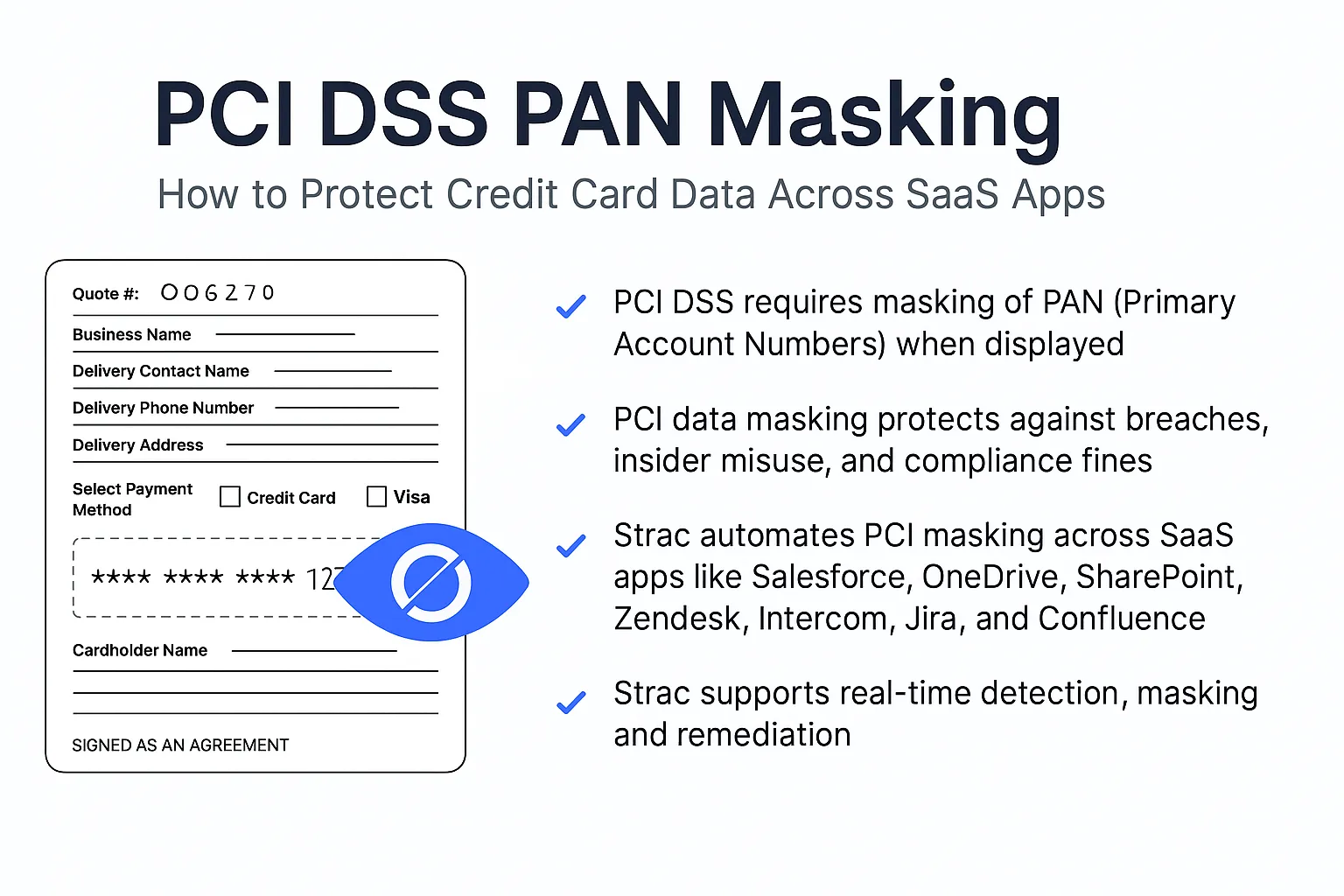
.webp)

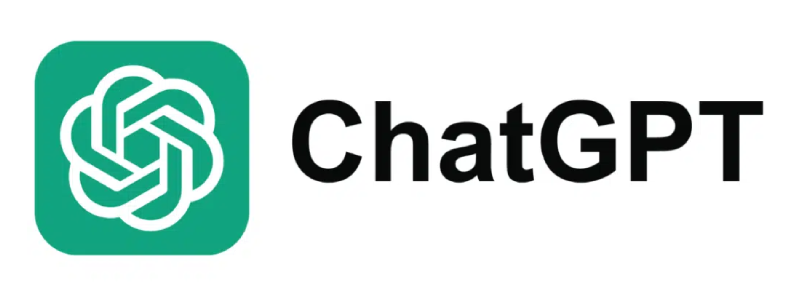
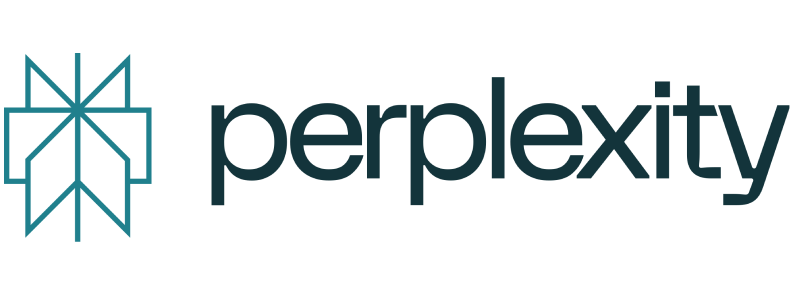




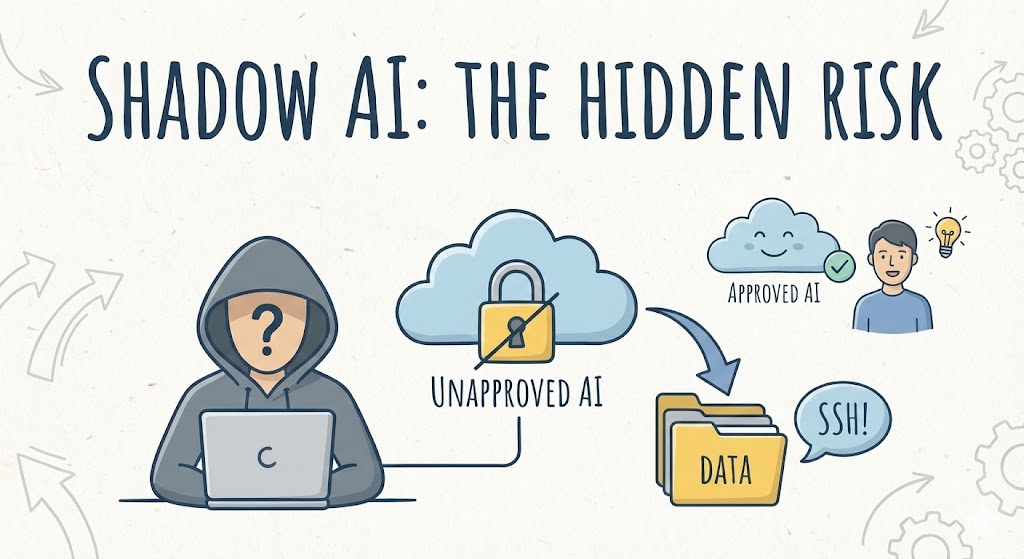
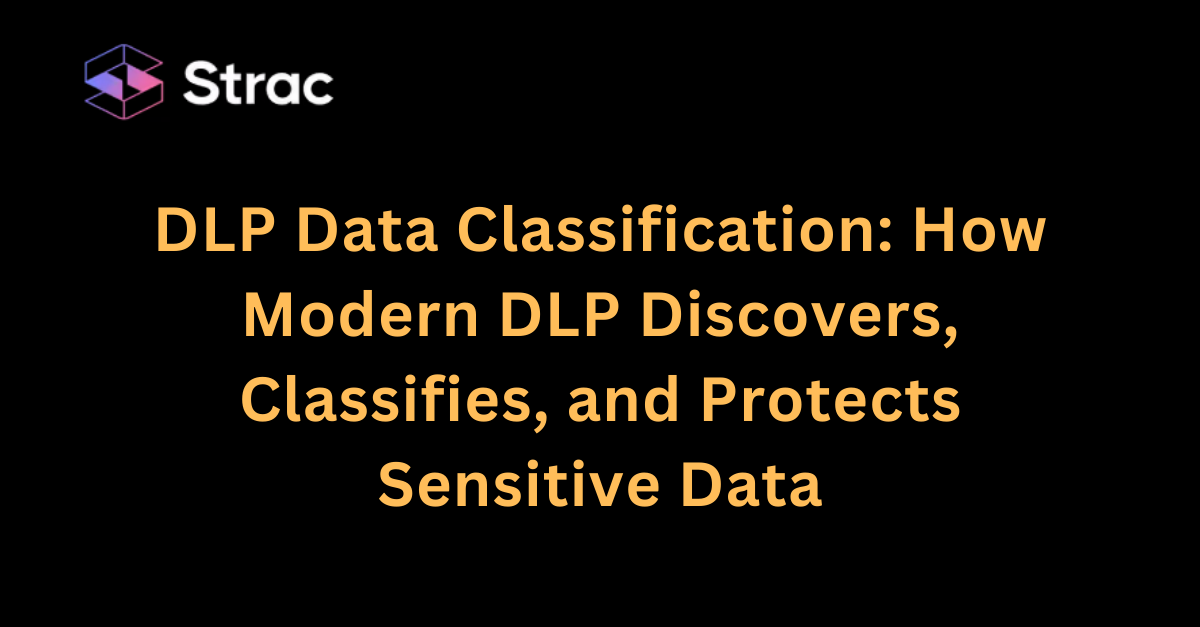

.gif)
